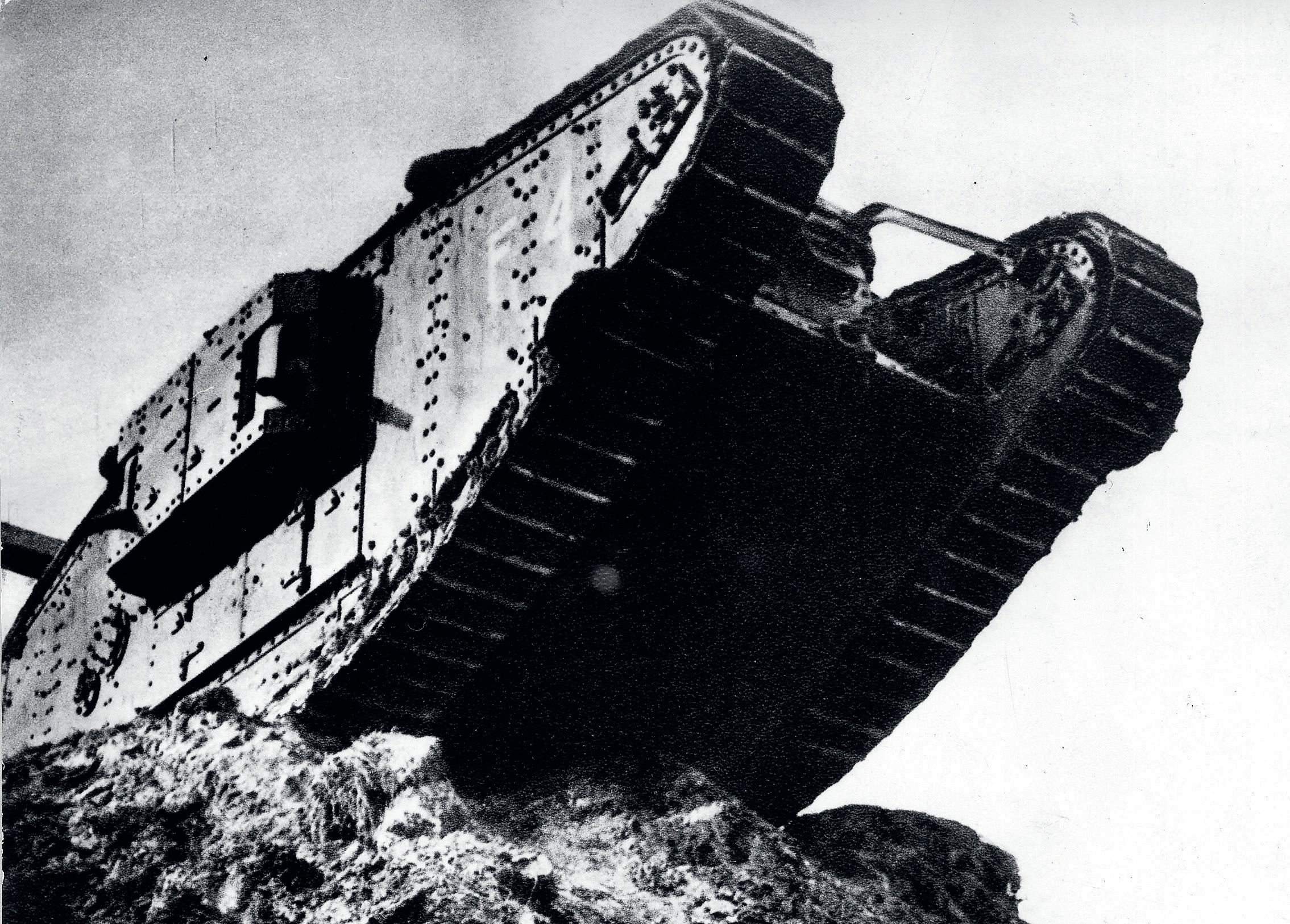
At the outset of the war there was a generally held assumption in Britain that the war would be over by Christmas. The reasons for the long drawn out, yet static and deadly, conflict that developed are more complex than a simple failure of leadership.
By the beginning of the twentieth century weapons had been developed which meant that more men could be killed more quickly than ever before. The Lee Enfield rifle, the Vickers machine gun and Stokes mortar were all examples of the new, highly efficient weapons used. Until the First World War, these weapons had not been used in sustained fashion in battle and generals were still planning for nineteenth-century battles dominated by mobile cavalry units. However, the effectiveness of infantry weapons meant that troops had no option but to seek cover. This resulted in defensive trench structures.
Your organisation does not have access to this article.
Sign up today to give your students the edge they need to achieve their best grades with subject expertise
Subscribe



